Getting the Right Mic
Have you ever recorded something you are extremely excited about only to listen to it for the first time and be disappointed by the way it sounds? Have you had an idea in your head of what it was supposed to sound like but found that the vocals were too muffled or the drums were too overpowering? You may have used the wrong microphone.
When choosing an appropriate microphone for your recording, you really need to consider what you need emphasized. Do you want the vocals to shine or sound a particular way? Do you want the guitar to be the star of the piece? Or do you want one general microphone that can work for both an instrumental piece and a vocal piece?
Two Main Types of Microphones
Generally, the two main types of microphones are dynamic mics and condenser mics. Dynamic mics are typically used for instrumental recordings while condenser mics are typically used for vocals.
Live recordings, both indoor and outdoor, are usually benefited by a dynamic microphone. It is more durable, able to endure moisture, humidity, and high levels of sound pressure, unlike the condenser microphone. Although you can also use a dynamic mic in your recording studio, its narrow frequency response makes it poorly suited for recording acoustic instruments and soft vocals. But heavy metal and other loud or rugged vocals may benefit from a dynamic mic due to the fact that a condenser mic could distort the vocals due to the higher sound pressure. No phantom power is needed when using a dynamic microphone.
The frequency response of a condenser microphone is typically flatter than that of a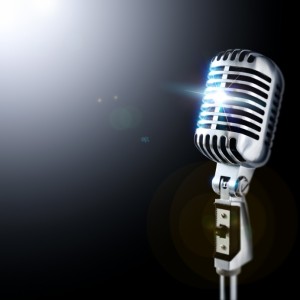 dynamic microphone. This makes the condenser mic suitable for recordings that need to be very clear and highly accurate. Again, vocals (except heavy metal) and acoustic instruments record well with condenser microphones. Because of their fragile composition, condenser mics are normally not used for outdoor concerts. This type of mic will stop working if it is exposed to a sound pressure that is too high (screaming) or dropped too many times. It is also important to note that condenser microphones require phantom power, unlike the dynamic microphone. They typically need 48 volts of power provided by a preamp or a mixer.
dynamic microphone. This makes the condenser mic suitable for recordings that need to be very clear and highly accurate. Again, vocals (except heavy metal) and acoustic instruments record well with condenser microphones. Because of their fragile composition, condenser mics are normally not used for outdoor concerts. This type of mic will stop working if it is exposed to a sound pressure that is too high (screaming) or dropped too many times. It is also important to note that condenser microphones require phantom power, unlike the dynamic microphone. They typically need 48 volts of power provided by a preamp or a mixer.
Condenser microphones come in small diaphragm and large diaphragm varieties. Small diaphragm mics are ideal for capturing stringed instruments and concert performances. Large diaphragm mics are often used for recording deep vocals, adding a sense of warmth to them.
Other Common Types of Microphones
If you are trying to capture sounds from all directions in your recording studio, you may want to try the Omni Directional Microphone. Since many musical artists try to avoid background noise, they tend to avoid this type of mic, however. The omni directional mic is often used for recording rooms full of people.
Unidirectional microphones are the opposite of omni directional microphones. Unidirectional mics are able to isolate sound from one general direction. In the recording studio, this is probably the most common type of microphone used. This is because of its ability to efficiently isolate only the sounds you want recorded, eliminating the concern of background noise.
You may find some microphones on the market that are a combination of types, making them multi-functional and possibly more economical than buying several different mics. Put some thought into the type of recordings you are producing so you can chose the microphone that works best for your needs.





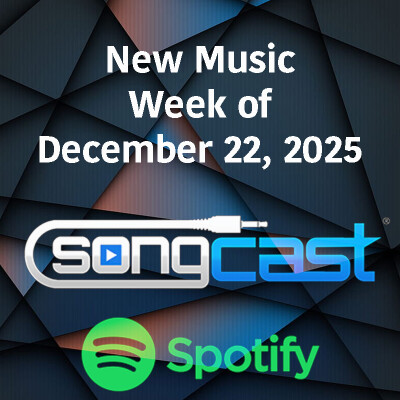

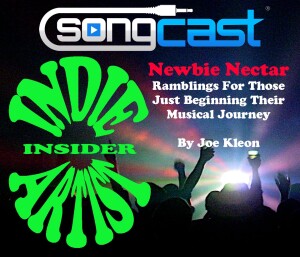

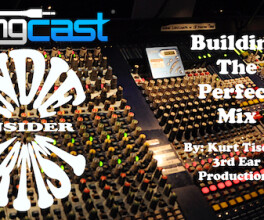





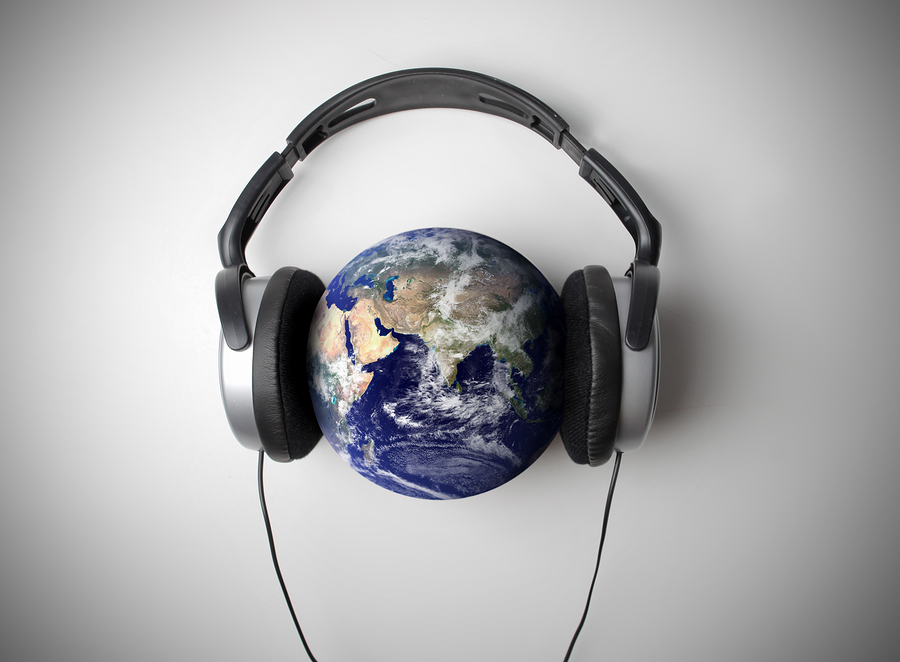
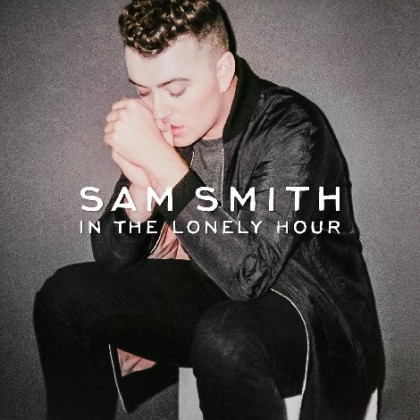
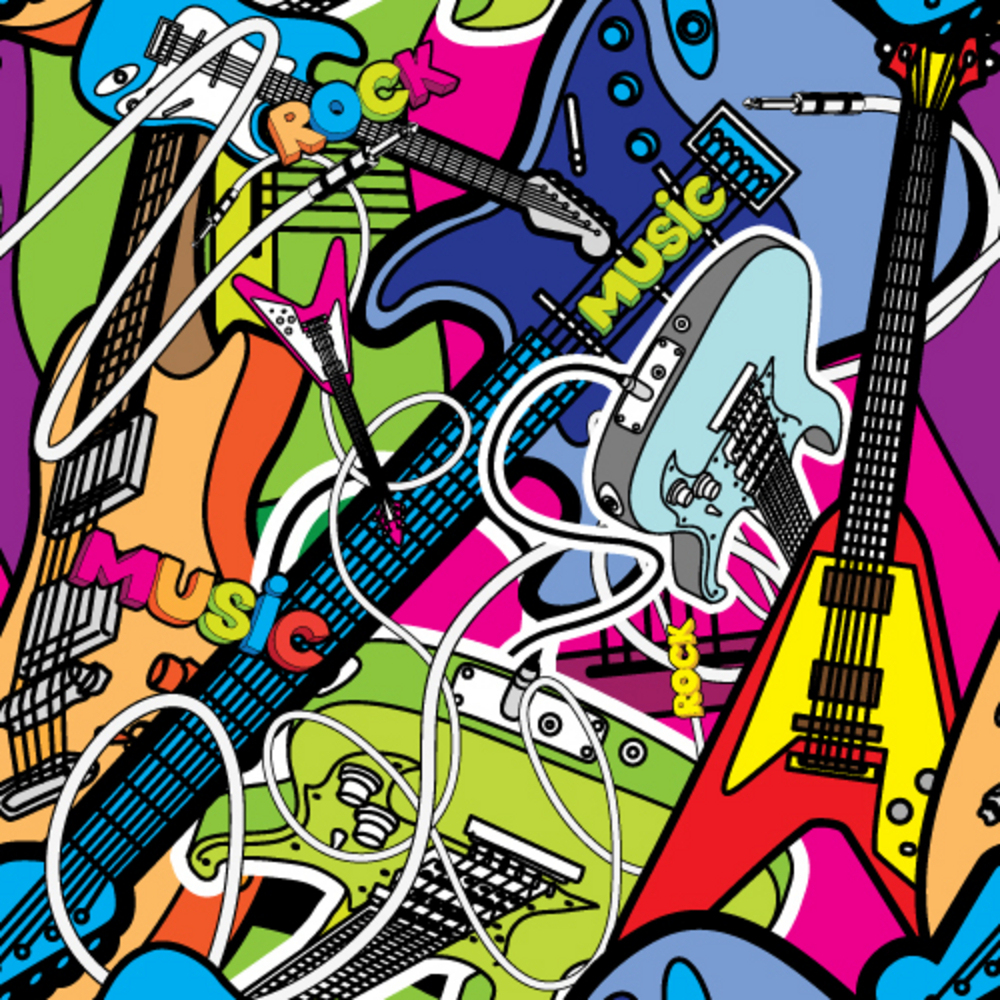

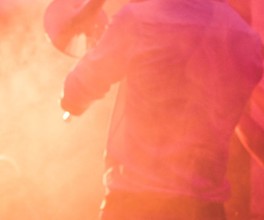
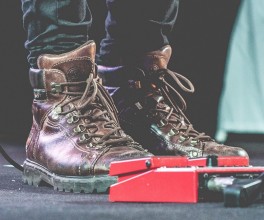
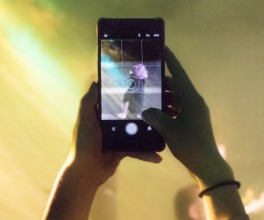
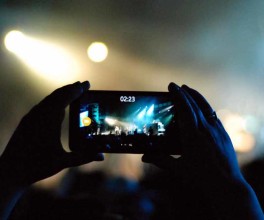
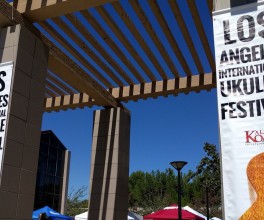
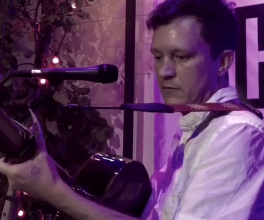

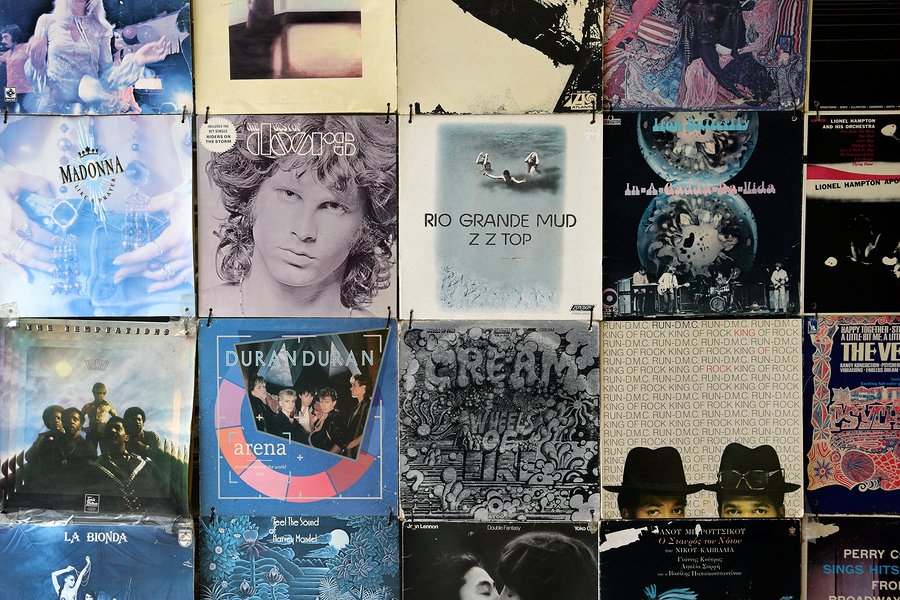





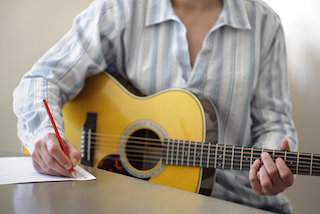
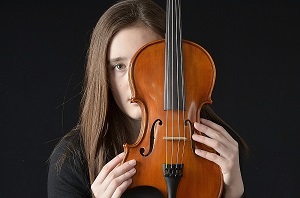
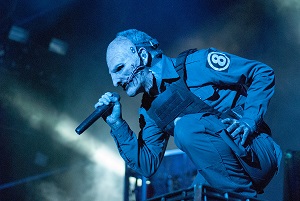
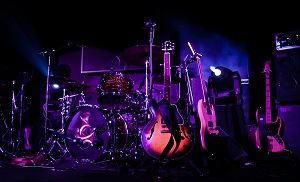

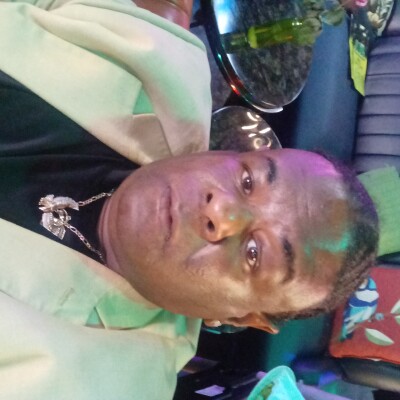

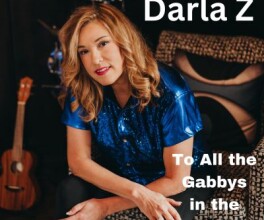



Pingback: Listen or Watch?
Pingback: microfonul - apostu
Pingback: All Is [Not] Quiet On The Homefront | On This Trail
These wonderfl devices work being a photographic camera, a mini computer, a
MP3 player plus a gamig consoile whenever required.
Accsense Product Manager Dana Kennedy explains his enthusiasm:
“Increasingly we’re focusing on expanding the proportions individuals Accsense systems for the market’s specific needs, to ensure that we’re now storing the servers ourselves and offering direct support. Keep all your loved ones in the loop by using your Smart – Phone and a video streaming application to call home stream important events.